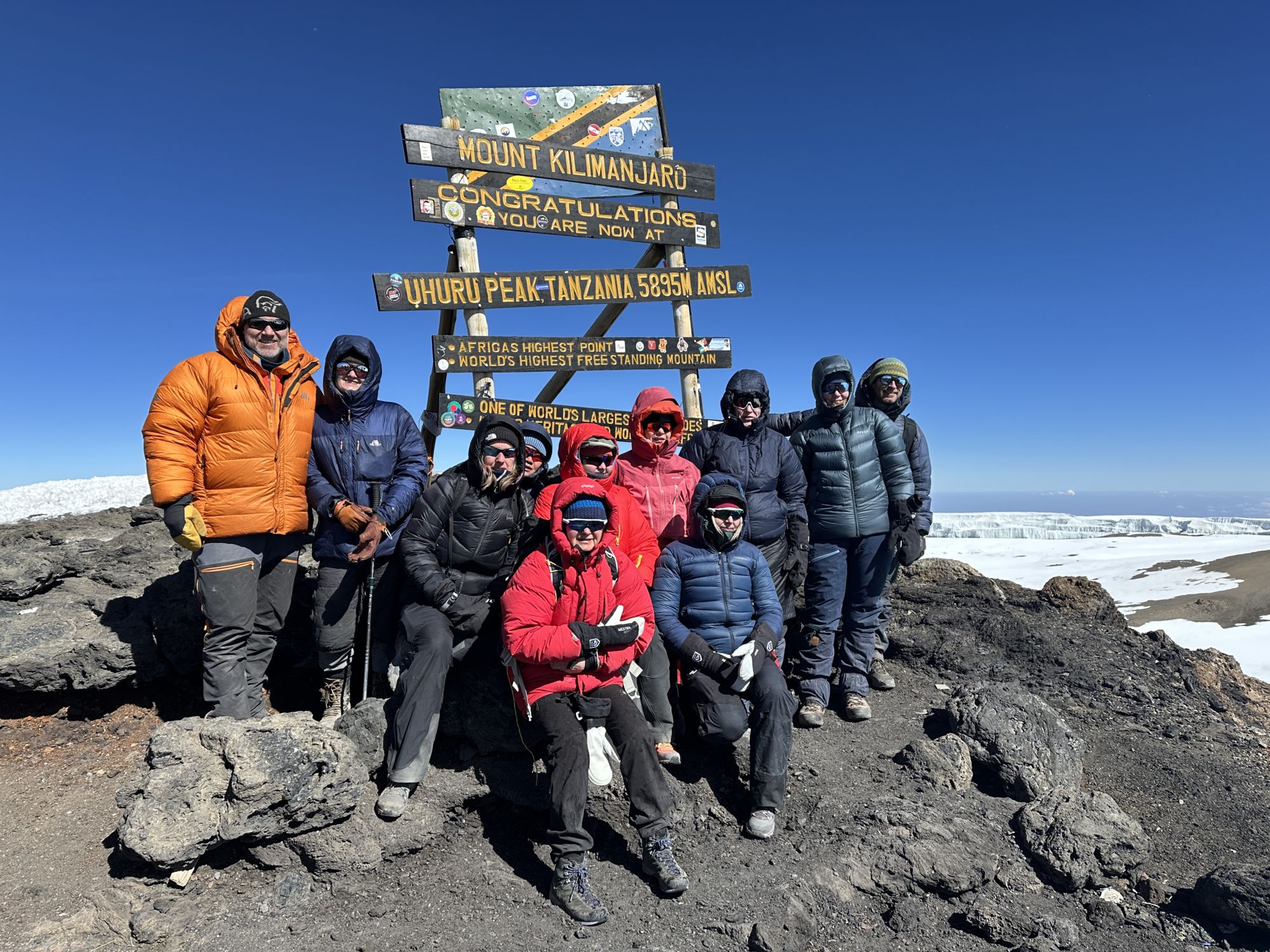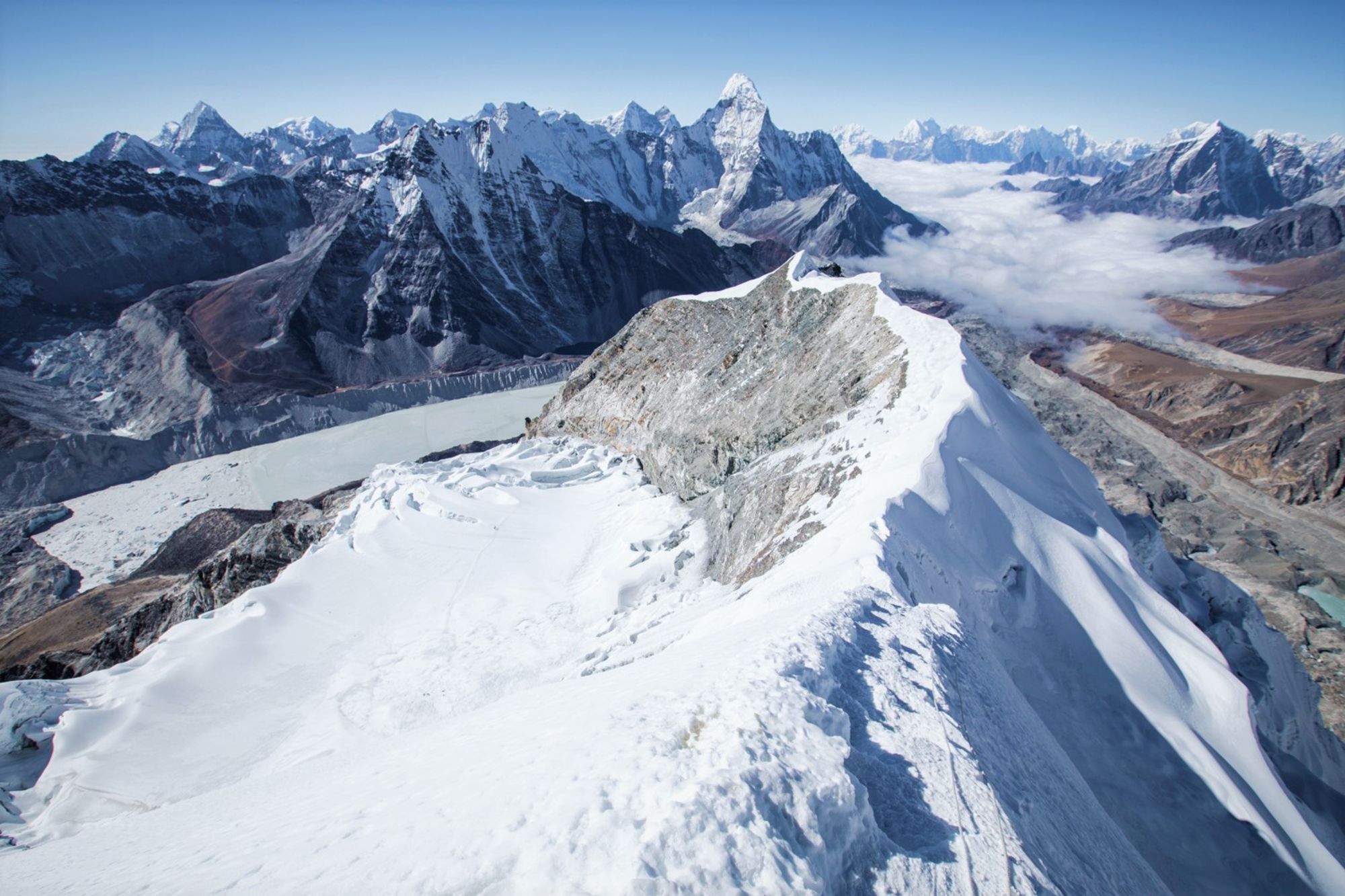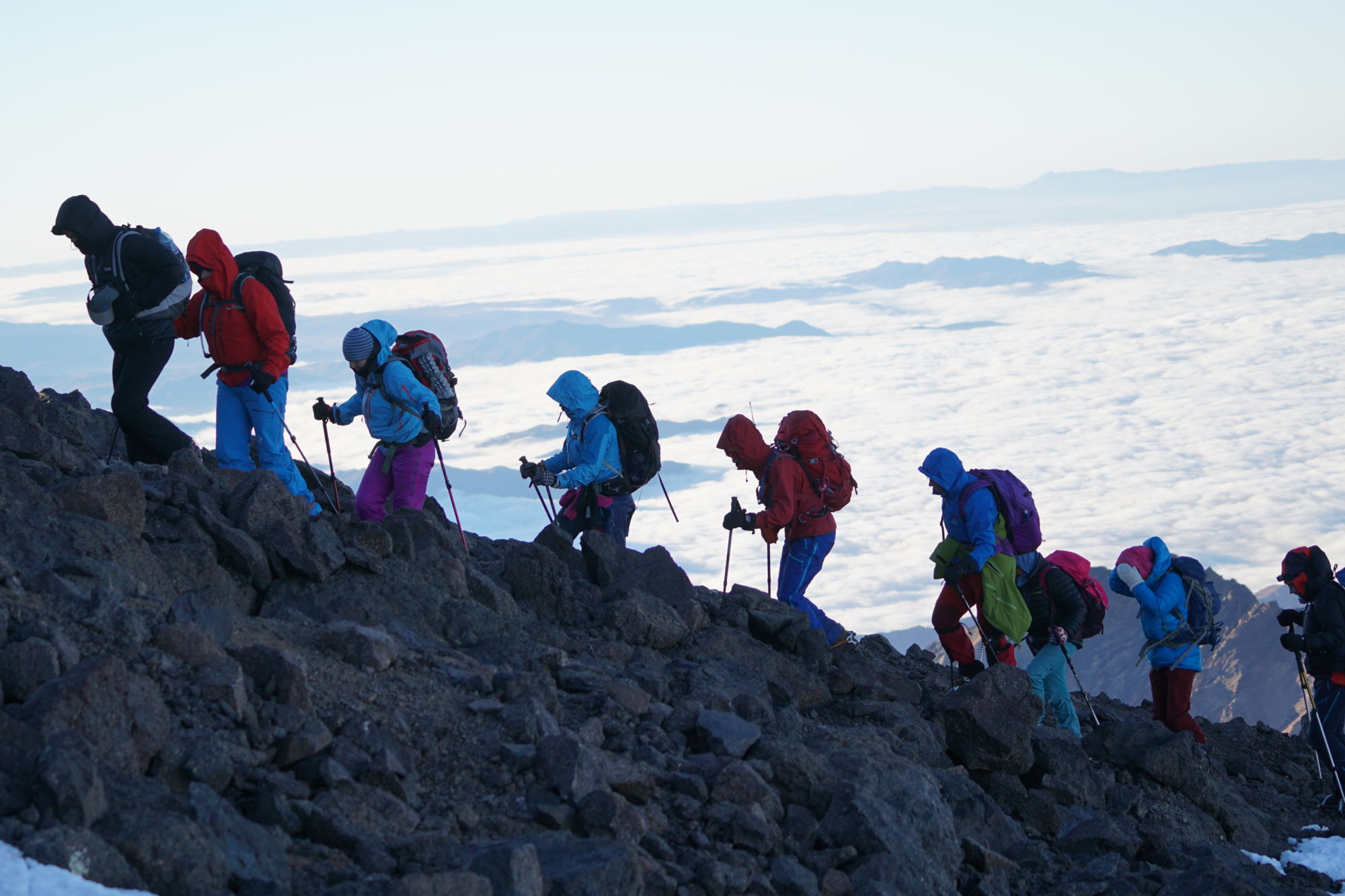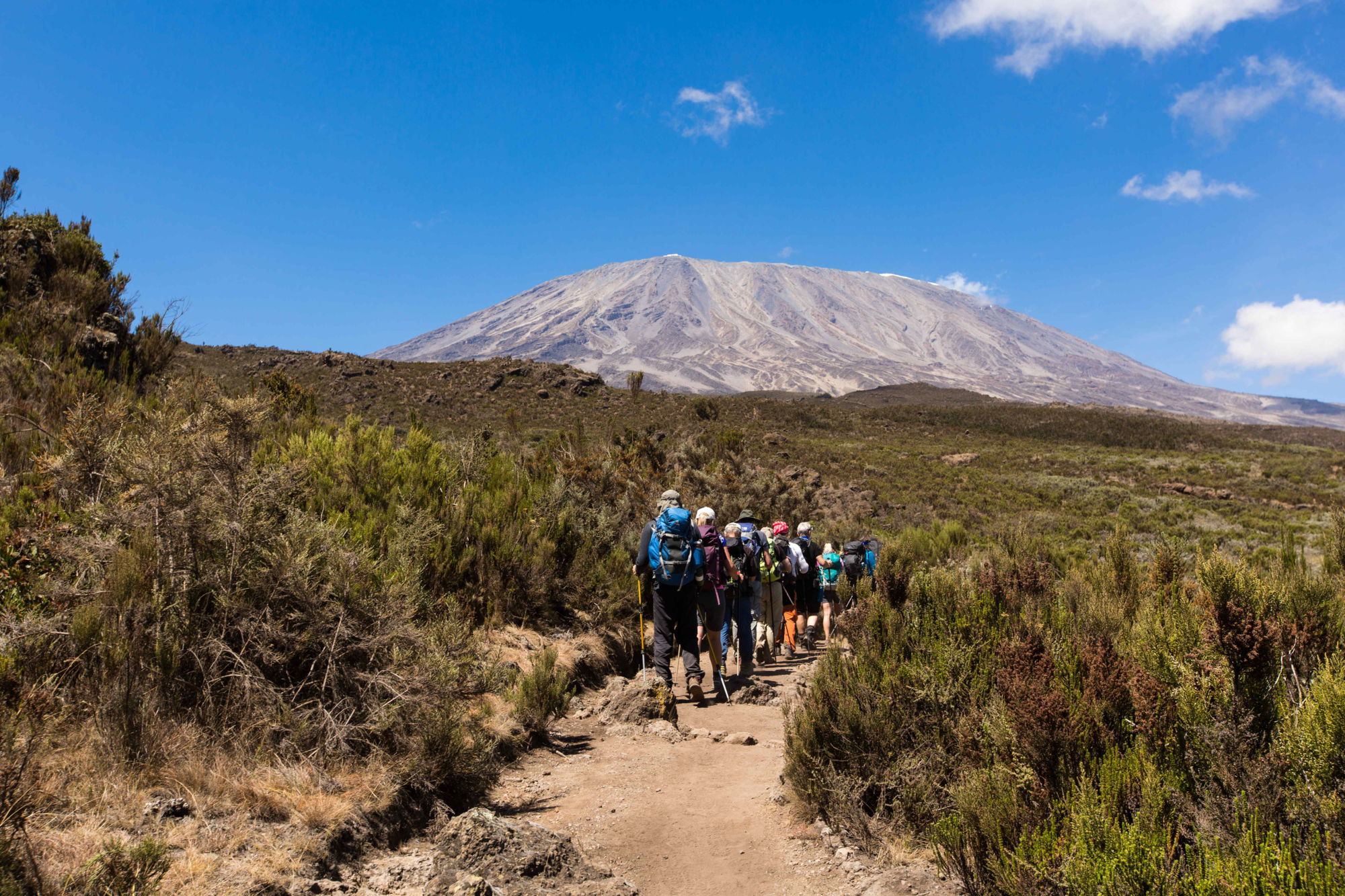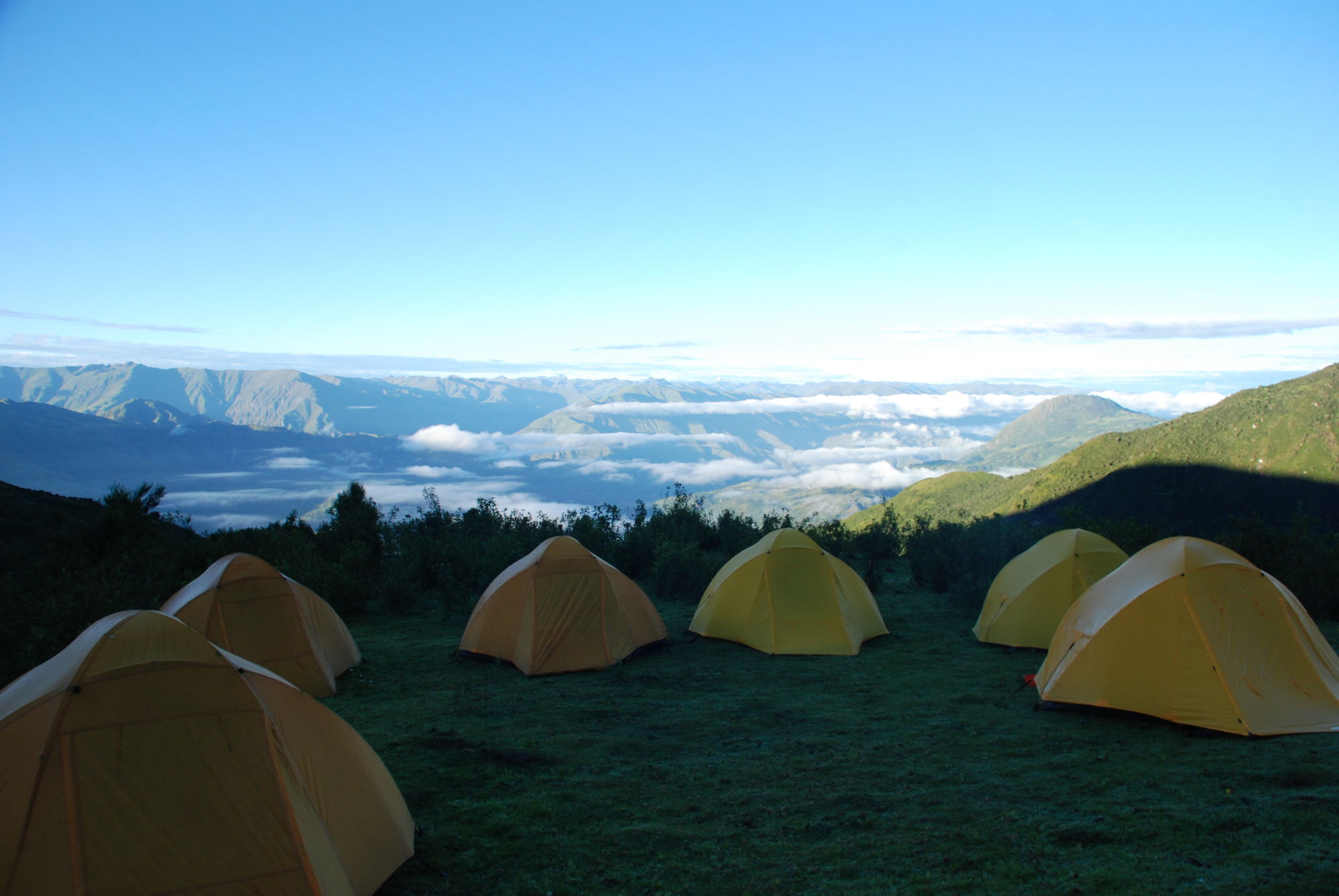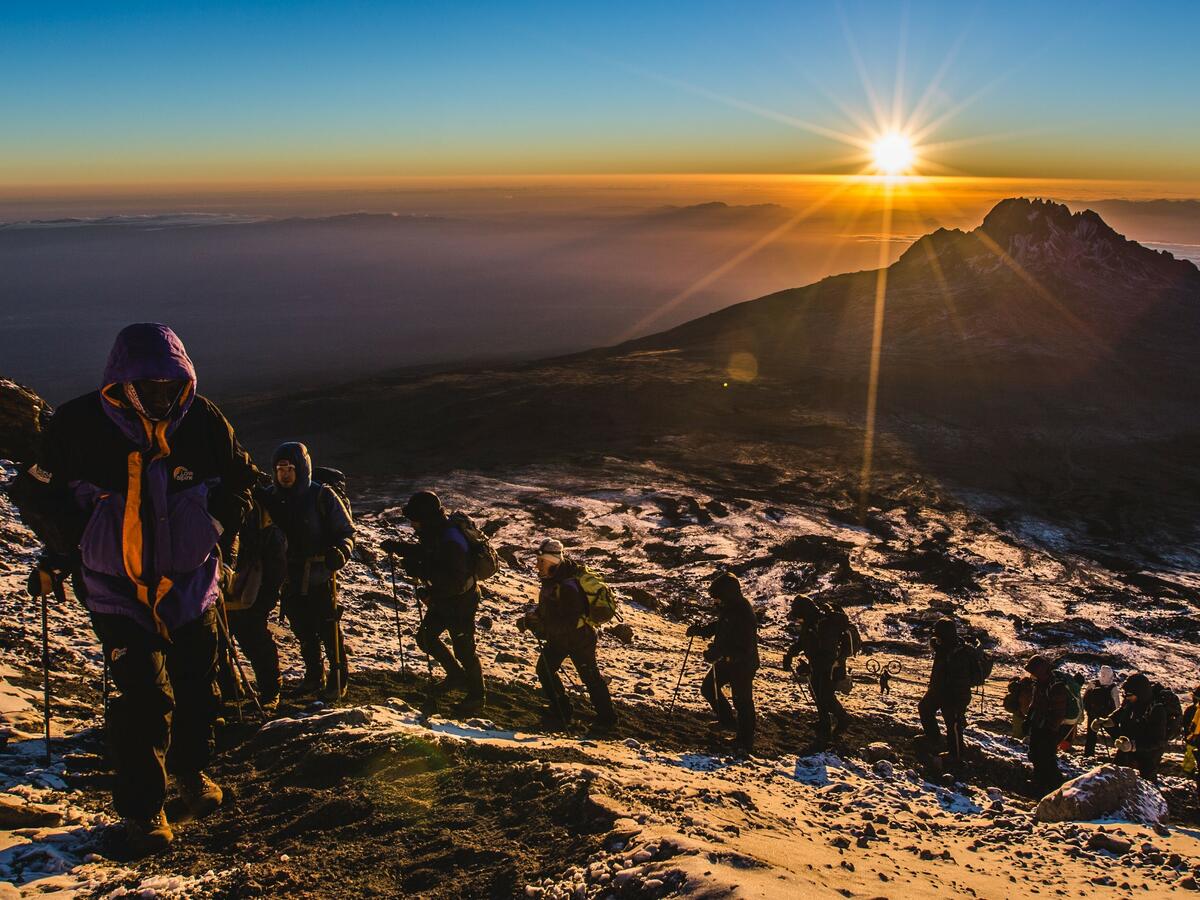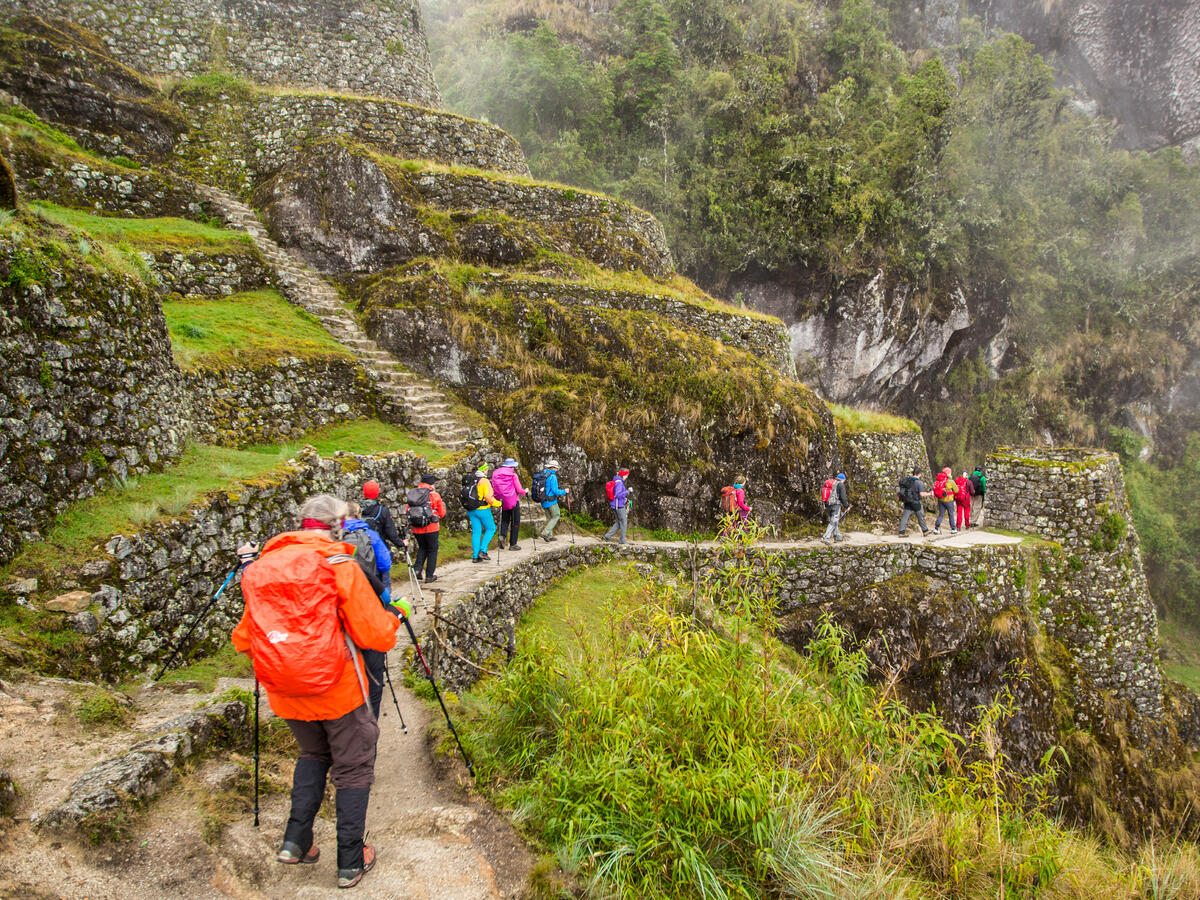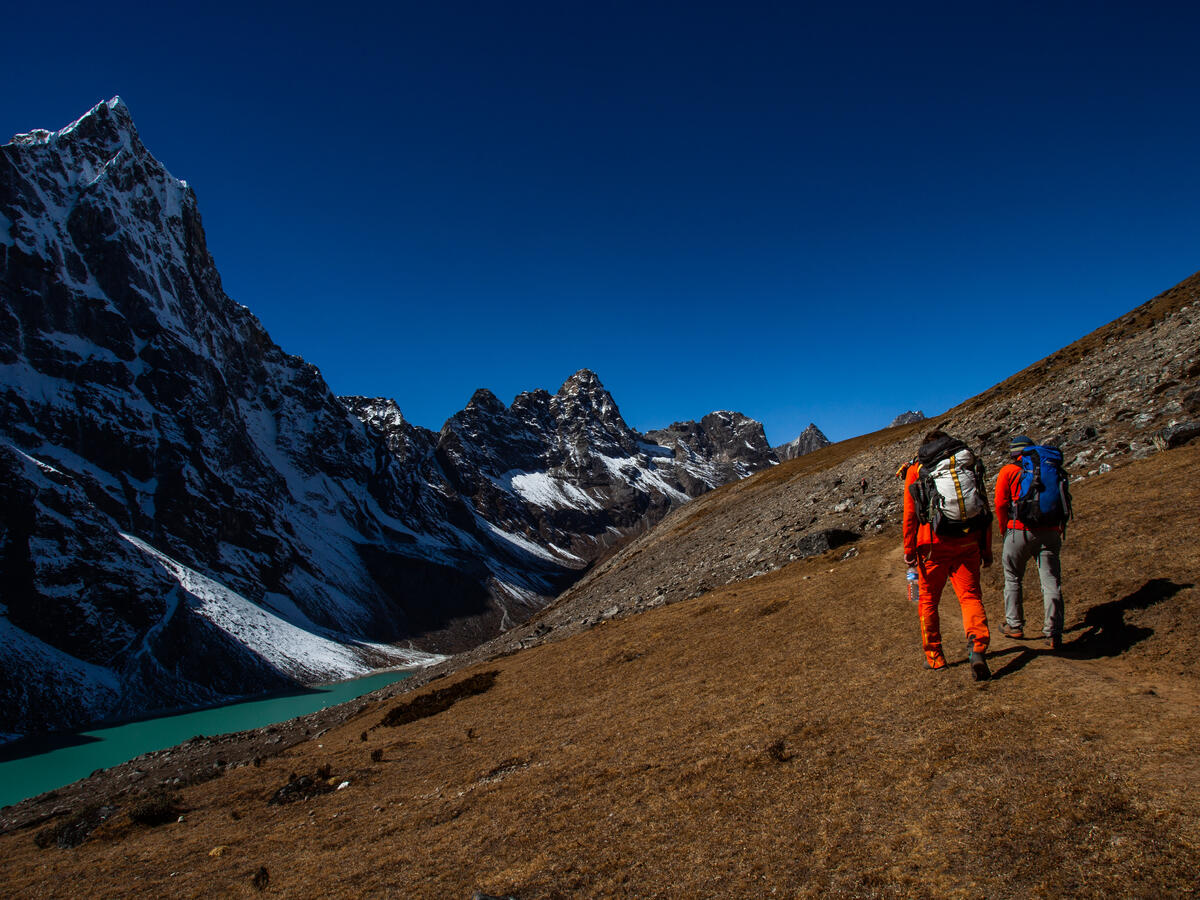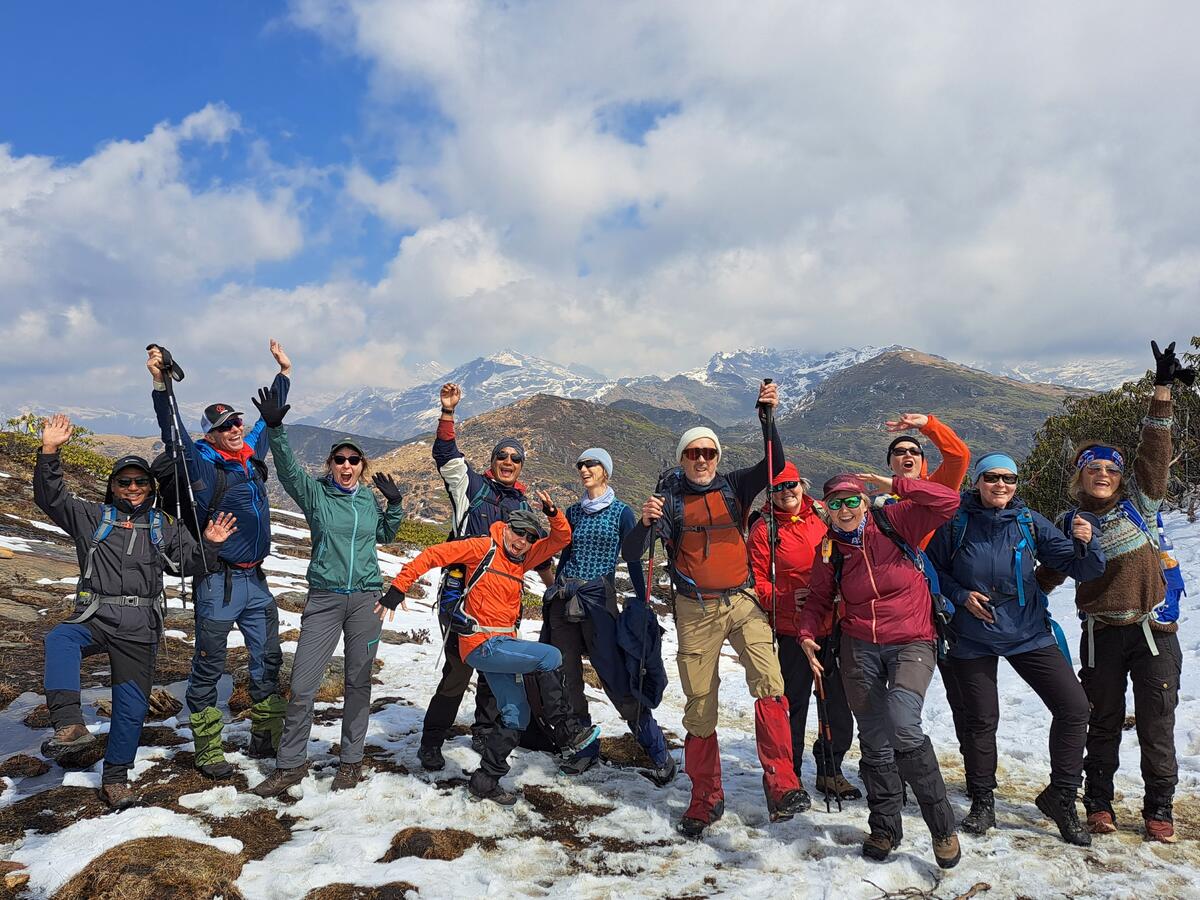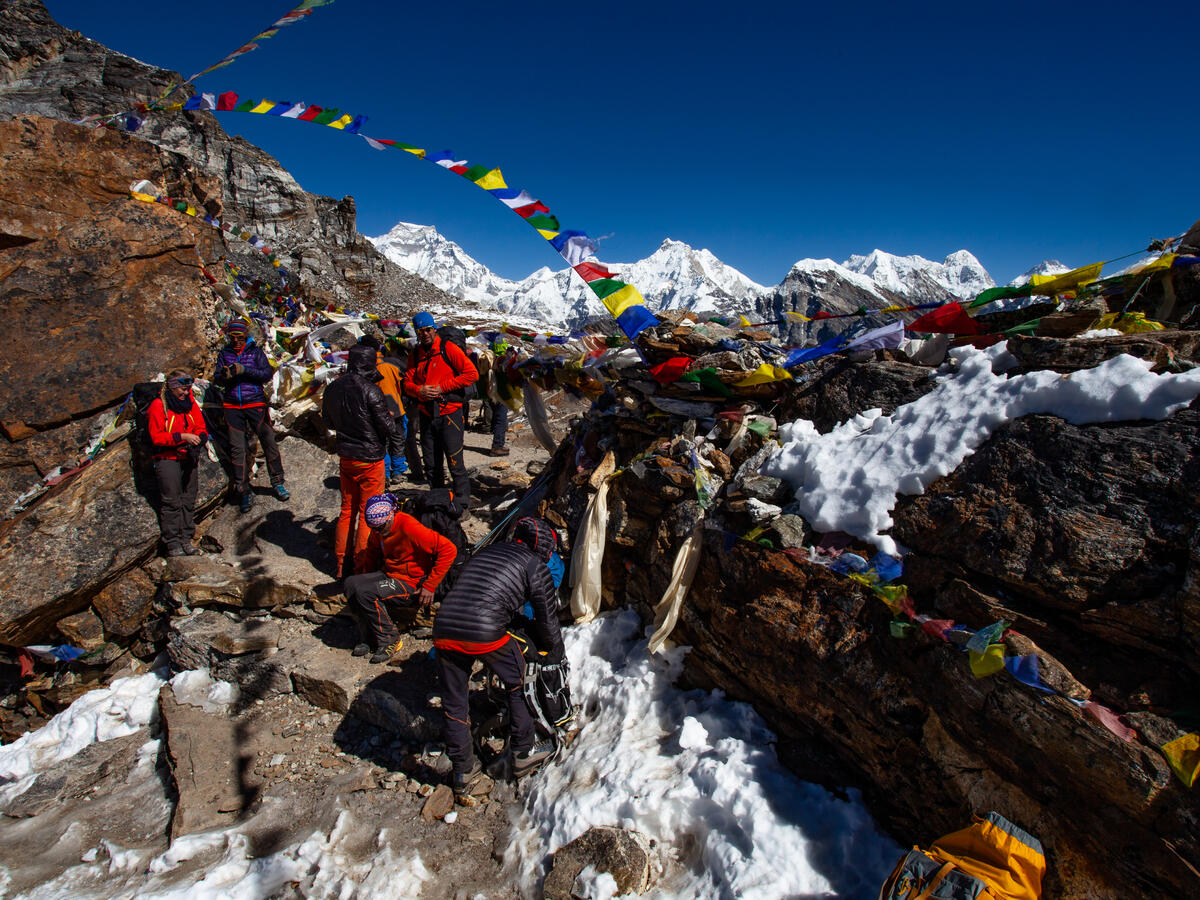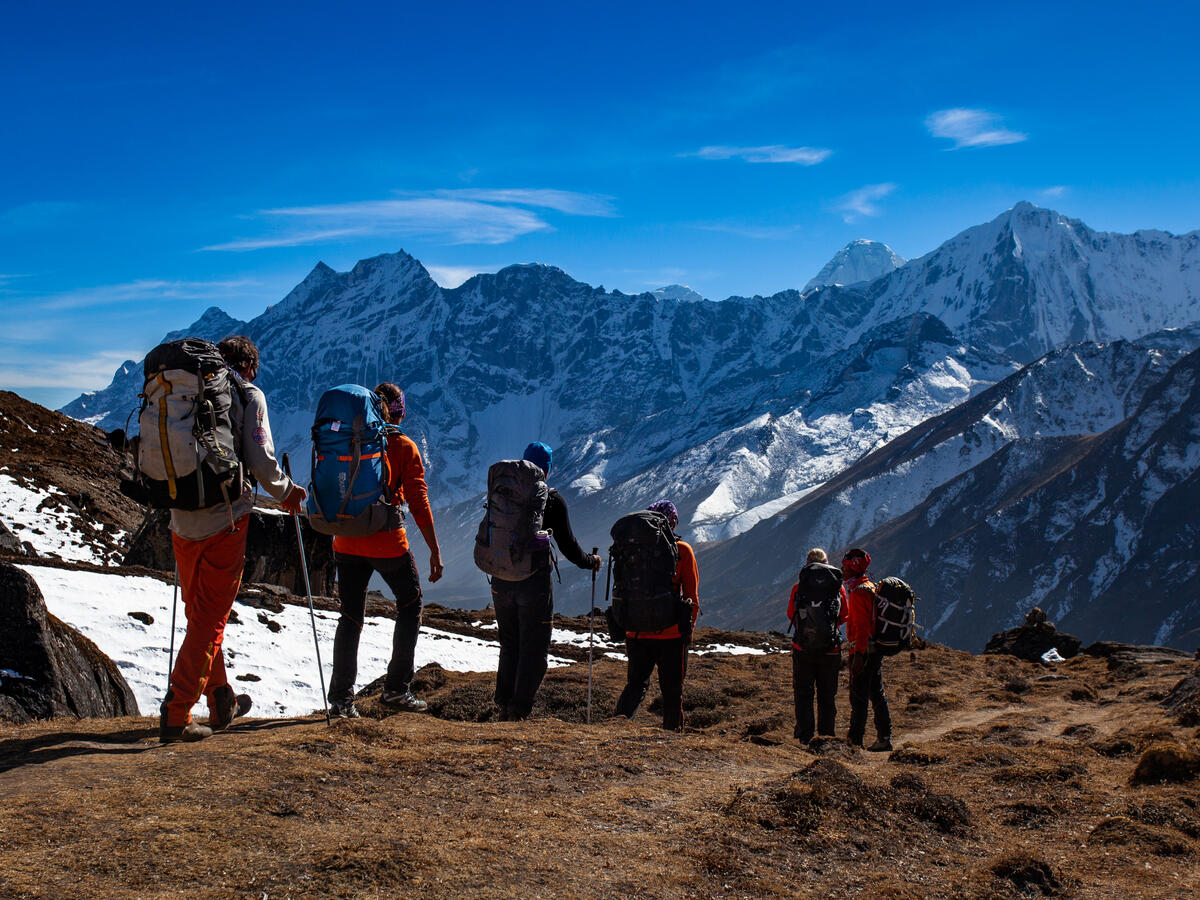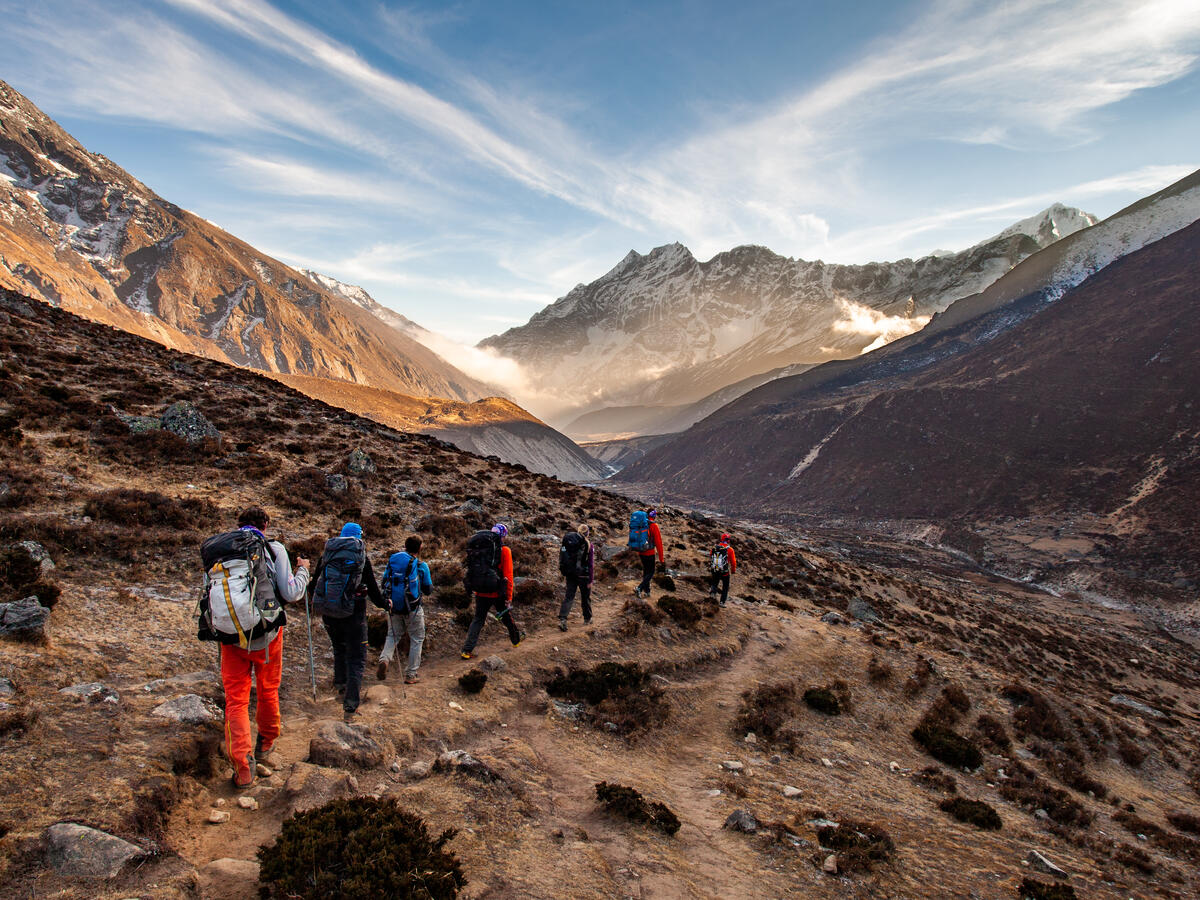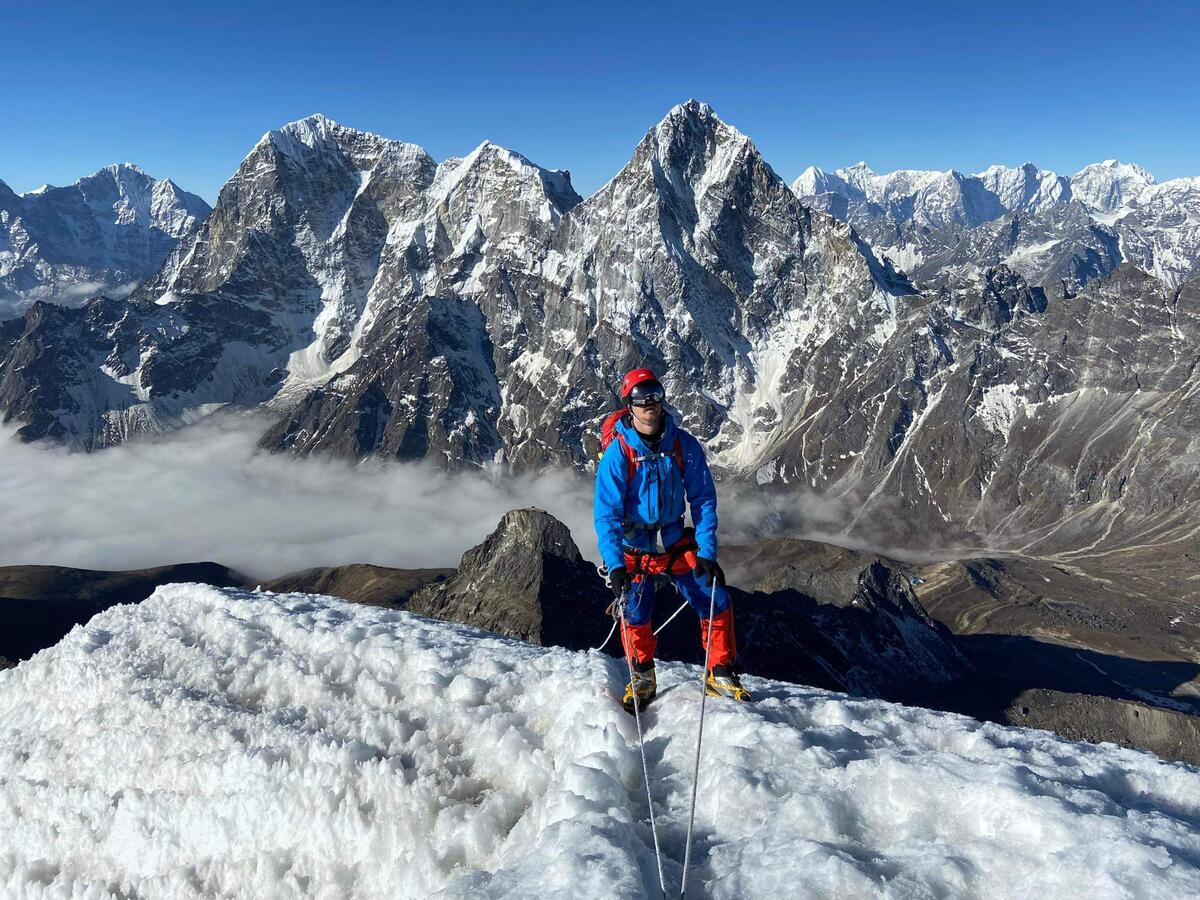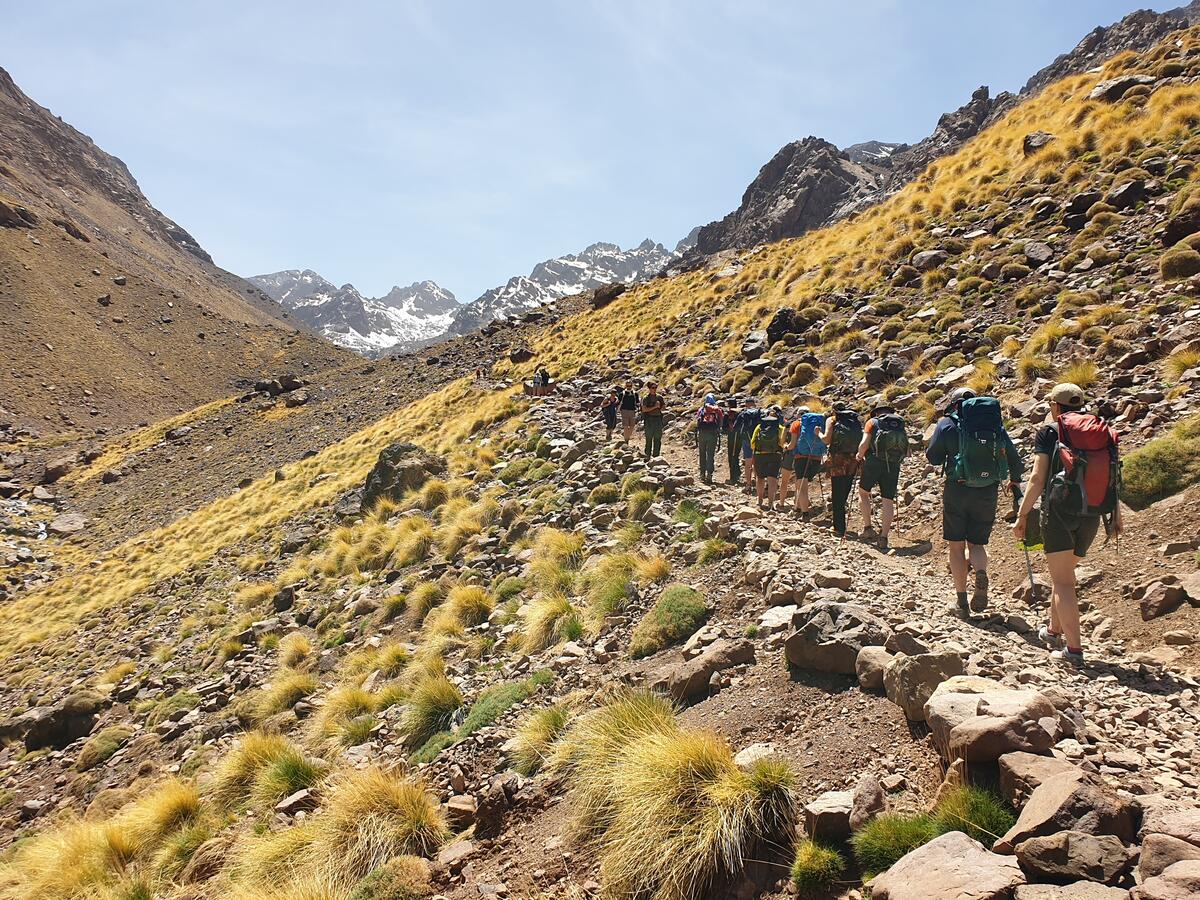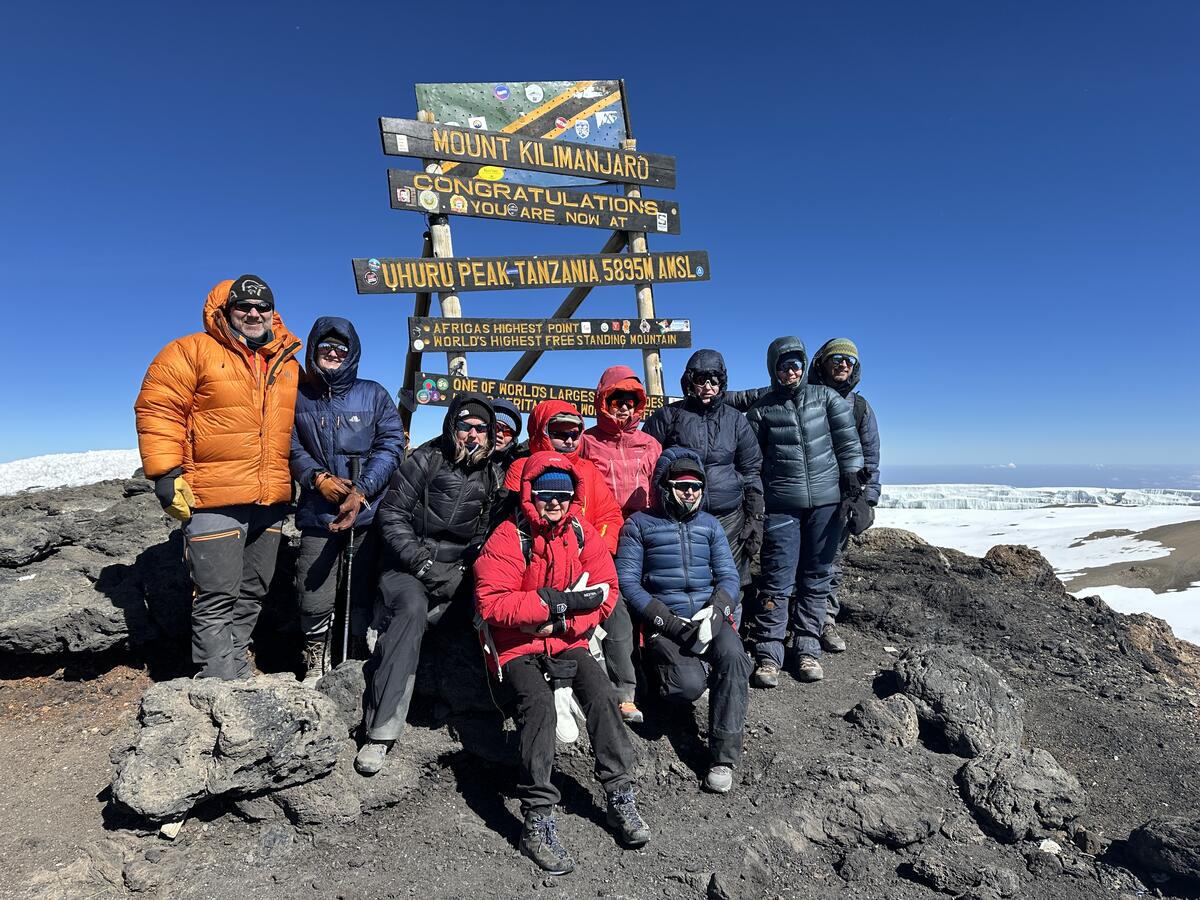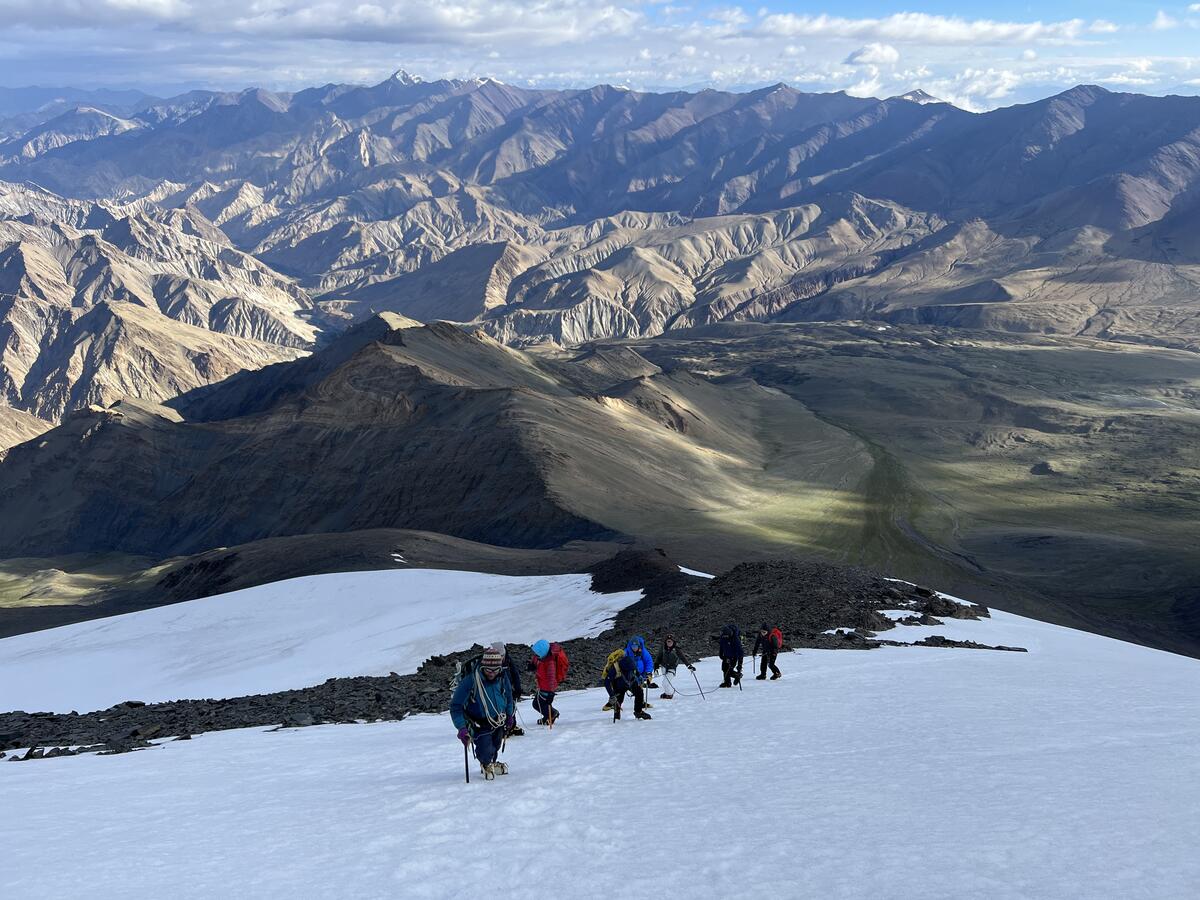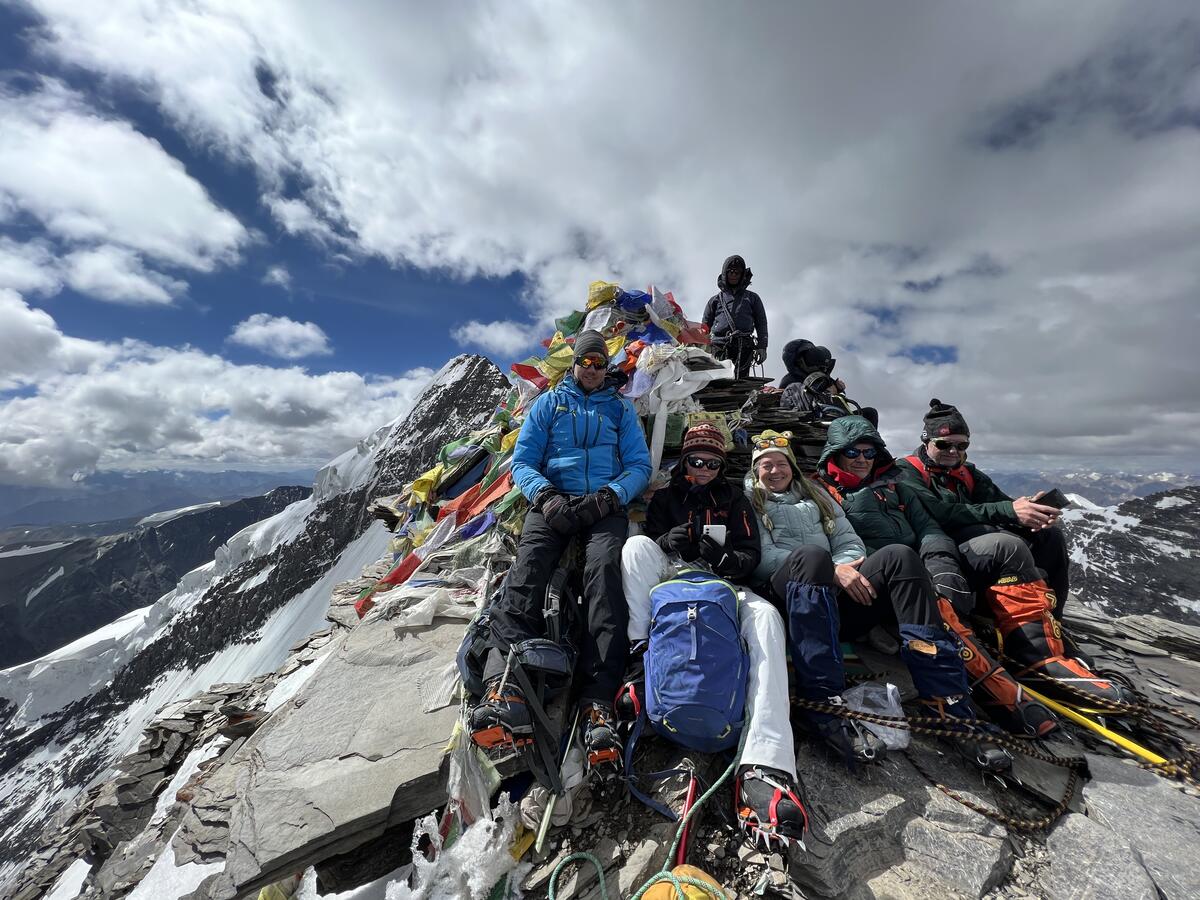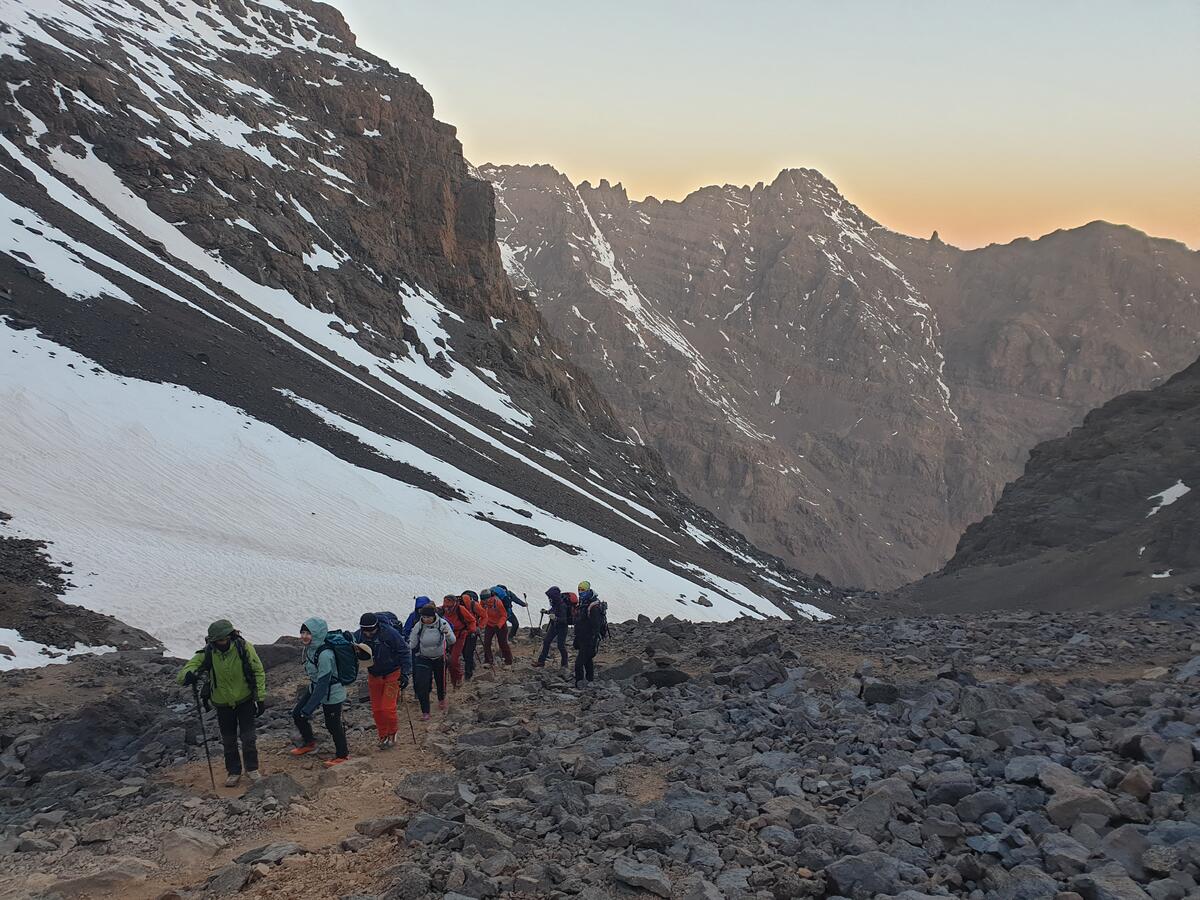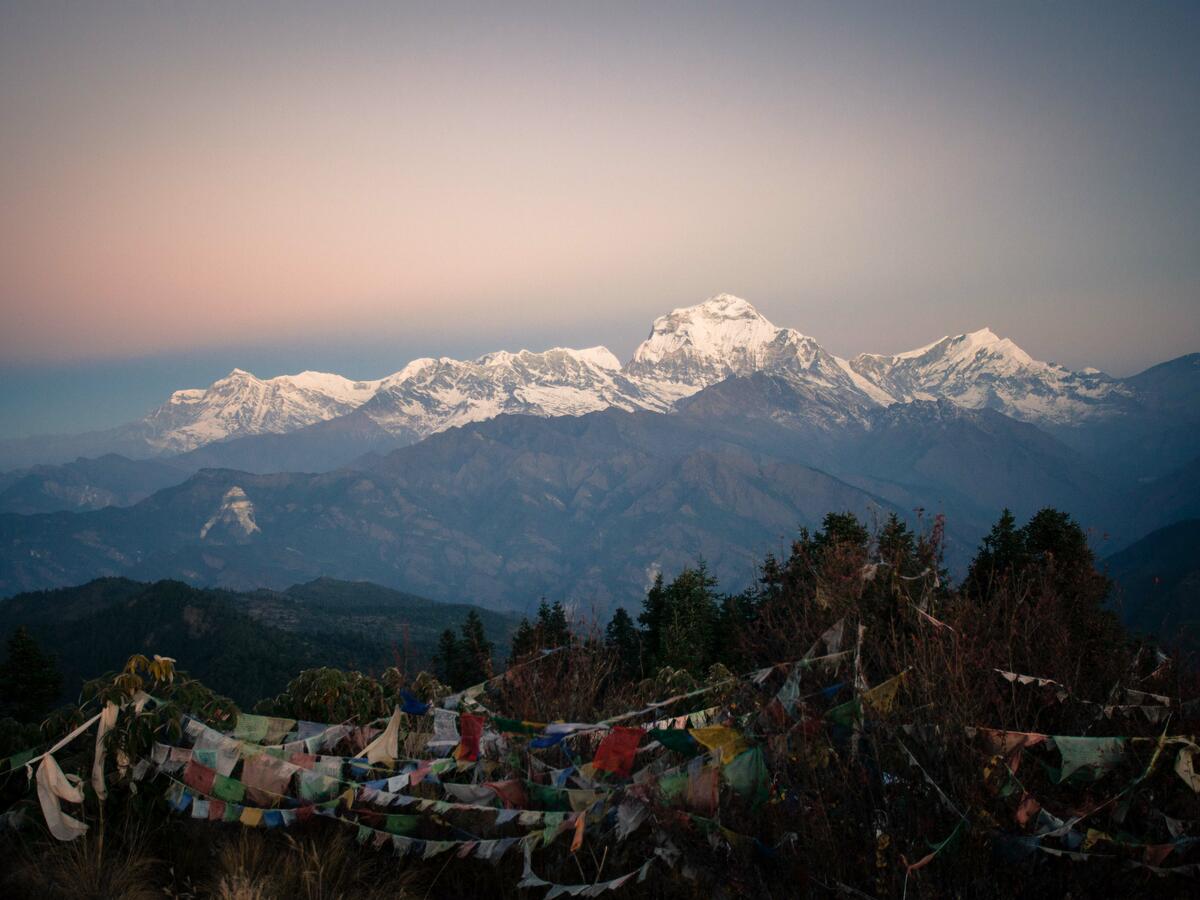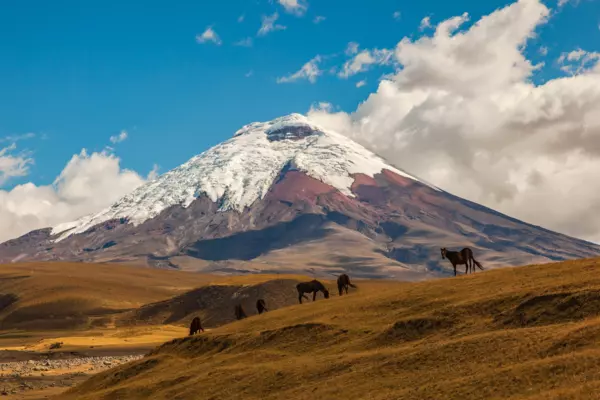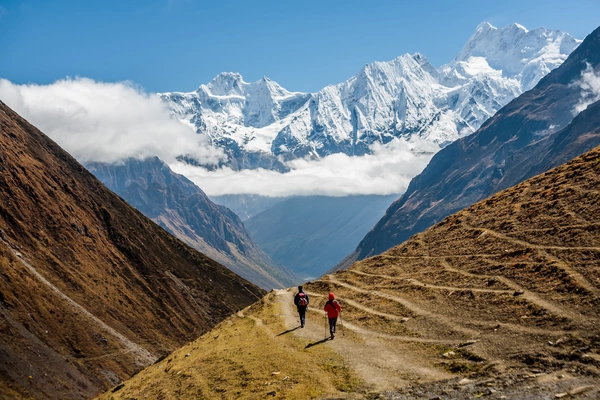Many people wonder what it takes to join a Norrøna Adventure trip to high altitudes. This guide gives you an introduction to altitude trekking—what to expect, and how to prepare with the right clothing, gear, and training.
At Norrøna Adventure, we are passionate about high-altitude adventures. In many ways, our story began on mountain peaks around the world—because great mountains inspire big dreams and big ideas. But what do we really mean by 'high-altitude adventures'?
For us, high-altitude adventures mean tackling mountains where elevation plays a critical role in how we prepare, plan, and carry out the trip. While we can all agree that many mountains in Norway are high, altitude sickness is rarely a concern here. However, once we venture beyond Norway and start climbing mountains above 3,000 meters (9,850 ft), the challenge increases significantly—and altitude becomes a factor we can’t ignore.
Where to start?
Our high-altitude adventures can include both summit climbs and trekking in high mountain areas. They can be technically demanding, but also easier terrain—similar to a more traditional hike. It’s easy to get caught up in deciding which trip to start with. The best strategy here is the same as when you begin training: don’t start too extreme. A longer hike that takes you to altitudes of 4,000–5,000 meters (13,000–16,500 feet) can be a great starting point for many, such as the Manaslu Circuit.
What to expect?
You may have heard that 'the air gets thinner at higher altitudes.' This means that as you climb higher, air pressure decreases. With less pressure, it becomes harder for your body to take in enough oxygen, which can lead to altitude sickness. There are different levels of altitude sickness, and it's common for most people to experience mild symptoms.
How altitude affects the body varies greatly from person to person. Some start to feel the effects as low as 3,000 meters—experiencing shortness of breath, tiredness, chills, poor sleep, headaches, or a loss of appetite. Others might barely notice anything, even at the summit of Kilimanjaro, 5,895 meters above sea level. Some people struggle early on but feel strong at higher altitudes, while others only begin to feel the impact later in the ascent. What’s certain is that the higher we go—and the longer we stay at altitude—the more strain it puts on the body.
The key to success at high altitude is proper acclimatization. Some people adjust quickly, while others need more time—it's a highly individual process, and you often don’t know how your body will react until you're up there. That’s why it’s essential to do everything possible to support acclimatization, both through careful preparation beforehand and smart choices during the trip. The better prepared we are, the better our chances of adapting well, reducing the risk of altitude sickness, feeling our best—and having an unforgettable adventure.
Clothing & Gear
On all our trips, you'll find an equipment, but sometimes it can still be challenging to know what to choose. For example, why do we recommend a sleeping bag rated for -20°C (-4°F) when we’ll be staying in huts or when temperatures in the area rarely drop below 0°C? Well, it’s the altitude that comes into play, and that’s something we must absolutely take into account. Everything we do is to help acclimatize as best as possible — getting our bodies used to higher altitudes as we ascend so we stay comfortable and avoid altitude sickness. Below are some general tips on equipment and clothing for high-altitude adventures—be sure to check the specific packing list for your trip for more detailed recommendations.
Stay Warm
Since we recover slower at high altitudes compared to lower elevations, we need more rest, and we also tend to feel colder. On most high-altitude trips, we are sedentary in camp, walk slowly, and tend to go to bed early — many hours are spent in the sleeping bag. We spend a lot of time outdoors, both when hiking and when sleeping in a tent. Even though we often stay indoors on some trips, conditions can be quite basic in the mountains — they are not necessarily insulated, and often only the common room is heated. This means we need warm clothing, often much warmer than the temperature might suggest. A down jacket is usually the most cherished item, and we recommend a thick & comfortable one, long and with a hood. It’s also a great advantage if it’s lightweight — on demanding trips or expeditions, it’s a must. An insulated pair of shorts or skirt is also a huge benefit. Otherwise, good, warm wool is essential for the inner layers.
A good sleeping bag is essential—don’t underestimate the importance of one that might even feel too warm at high altitudes! Many travelers also bring an inflatable sleeping mat to place on top of what’s provided, adding extra comfort and insulation. A quality pillow is also worth packing—an inflatable one is ideal since it's lightweight and compact. Sleeping with your head slightly elevated not only improves comfort but is especially helpful at high altitude.
To stay warm at night, a hot water bottle can be a game-changer. Keep it inside your jacket or put it in your sleeping bag, it warms you incredibly well! Just make sure your water bottle can handle freshly boiled water and has a secure, leak-proof cap. We recommend a 1L (32oz) wide-mouth Nalgene bottle. Wrap it in a cover or wool sock to avoid direct contact with your skin. The wide mouth also makes it less prone to freezing—perfect for cold conditions.
Trekking poles
Using trekking poles helps you maintain better posture when walking uphill—your chest stays up and forward, making it easier to breathe compared to walking hunched over. They can also help reduce strain on your legs and back, and every bit of saved energy is invaluable in the long run. Poles also provide support when descending, easing the pressure on your knees. Taking care of your body is important—so that it can take you on more adventures in the future!
Poncho
Absolutely fantastic on many trips! High-altitude treks often start in warm jungles, and the outer layers you need higher up can feel warm and sticky. The poncho keeps you dry (enough) if a downpour occurs — which is common — and it’s much more comfortable to walk with. If it’s large enough, it can also go over your backpack, and it’s quick to take on and off.
Protect Yourself from the Sun!
At high altitudes, the sun is stronger than at lower elevations — the higher you go, the stronger it gets. Some trips also involve snow and ice, which reflect sunlight and increase radiation further. Dark sunglasses are a must, preferably with side protection. Sunscreen with a high SPF of 30–50. Many people use caps or a sun hat that also has neck protection. A buff can also protect the skin on your neck.
Gaiters
On some trips—especially at higher elevations—you’ll encounter loose sand and gravel. In these conditions, gaiters can make a big difference in keeping you comfortable.
Water Bottles
You’ve probably heard that you should drink extra water at high altitudes — this is absolutely correct! The body loses more fluids – the air is cold and dry, and we breathe faster and have a higher heart rate, which causes more fluid to evaporate through breathing. In addition, we urinate more often as the body adapts to higher altitude and due to the colder temperatures. Therefore, having easy access to water is crucial.
You’ll want to avoid having to take off your backpack to get to your bottle! Be sure to choose a daypack that allows you to attach the bottle so it’s accessible while walking. Alternatively, you can use a Camelbak — if it’s not too cold where you are, as the liquid in the hose freezes quickly! If you bring at least one 'Nalgene' bottle, you also have the option to use it as a hot water bottle for warmth in your sleeping bag!
On Your Feet
The best footwear for your trip depends on both you and the specific adventure you’re going on. You'll find information in the equipment list about what type we recommend. That said, there are some general things to consider when choosing footwear. If you tend to get cold feet, be extra mindful of this when heading to high altitudes—temperatures usually drop the higher you go.
Ankle support: consider your personal preferences when it comes to shaft height—think about both stability and comfort. Some trips require high boots no matter what, but it's recommended to bring two pairs if possible: one pair of sturdy boots for summit pushes and more technical terrain, and another lighter pair for approach hikes and trekking on good trails.
Soft running shoes with flat soles aren’t suitable for these conditions. Whether you choose boots or low-cut trekking shoes, they should have at least a semi-stiff, sturdy sole with aggressive tread. In short, your footwear should be stable, provide good grip on varied terrain (such as rocky, loose, muddy, or even snowy ground), and be solid enough to prevent discomfort from uneven surfaces.
When it comes to sizing, it depends on how cold the trip will be and how thick or how many socks you'll need—make sure there's room for at least one good pair of wool socks. Also, since going up means you eventually have to come back down, if your boots are too short you may hurt your toes on the descent—test this properly before you leave! In general, the shoe should have a snug and secure fit to prevent your foot from sliding forward or sideways inside the shoe. Properly lacing your shoes is also essential.
Last but not least, your shoes should be well broken-in to avoid blisters and pressure points. Just don’t break them in too much—if the sole is falling off, it's time for a new pair!
How good a shape are you in?
To answer this question properly, you need self-awareness and to be honest with yourself. A good base level of fitness is essential for enjoying high-altitude adventures and can make all the difference. You don’t need to be a professional athlete, but being in good shape is important—and something most people can achieve.
Training program
A training program can help you maintain momentum throughout your preparation period—we recommend starting at least six months before departure. Your training plan should be tailored to your personal starting point, and you should never begin with workouts that are too intense or too long.
Your program should include specific training for the primary activity in the mountains: slow hiking in steep terrain with a heavy backpack. In addition, you should incorporate at least one high-intensity workout, such as running, cycling, or swimming—anything that strengthens the heart and gets the blood pumping!
Some also believe in yoga—or as we say in Norwegian, simple stretching and mobility exercises. A flexible body is a well-functioning body! But as always, start slow and don’t get stuck in a lotus position. Two to three sessions per week (depending on the trip) is a great start, and who knows, maybe it will change your life too!
“I don't have time!”
That’s a classic excuse we hear all too often. Of course you have time—you just might not recognize it yet. Between all your daily routines, there are hours of untapped potential: on your way to work, running errands, visiting family and friends, dropping the kids off at daycare, walking the dog—that’s your time, and it’s yours to use.
And if you still feel pressed, try waking up just 30 minutes earlier while the rest of the world is still asleep. That alone gives you 3.5 extra hours of potential training time every week!
How should we pack the backpack? And what about trekking poles?
When training, it’s a good idea to make your backpack the same weight—or even slightly heavier—than what you’ll carry on the expedition. We recommend loading it with items you can easily remove if needed, such as water containers, rocks, or other adjustable weights. That way, you can lighten your load mid-session if necessary—and if it means you take that extra climb up the hill to collect it, good, it makes a big difference!
When training on steep terrain with a heavy pack, be sure to use trekking poles. They’re highly recommended for high-altitude trips, and getting used to them in advance will make a big difference.
The gym
The gym can be a great training partner during your preparation period. However, a common mistake people make is wandering aimlessly from one machine to another without a plan or strategy—this leads to poor results! To make your gym sessions effective, you need focus and should stick to a specific activity or muscle group.
Regular gym visits can have a huge impact on your overall fitness, but nothing beats specific outdoor training—where you not only get a great workout but also experience wind and cold on your face, gravel in your shoes, moonlight, and fresh air.
If you’re new to strength training, it may be wise to book a competent personal trainer to help you get started.
If you start slowly and do it right, high altitude treks can become a lifelong hobby with endless opportunities. Take your time and enjoy nature.
